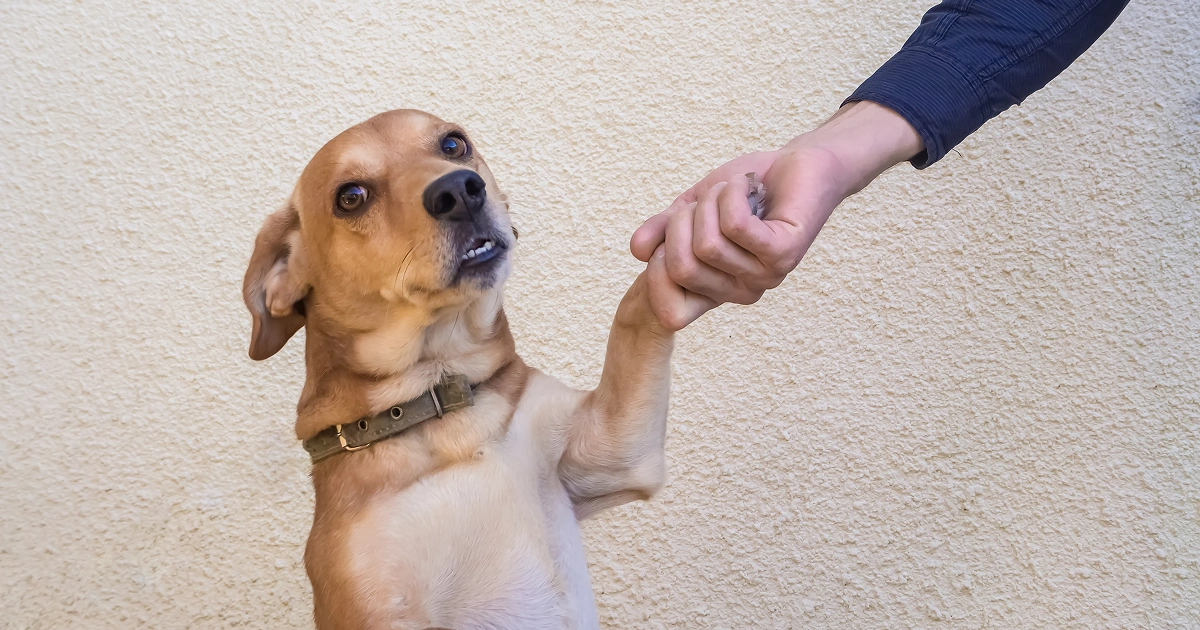
Your dog may not be able to tell you how they’re feeling in words, but their body language can speak volumes. Understanding what changes in your dog’s posture mean and how they hold their body can improve your interactions with them. You’ll know when your dog is happy and wants your affection versus when they’re feeling threatened and may need some space.
As you spend time with your dog in different situations, pay attention to how they react. Here are some cues to look for and what they might mean:
Happy and Relaxed
When your dog is content and enjoying the moment, they may show signs such as:
- Tail that is wagging.
- Mouth gently closed or softly panting.
- Eyes that are calm and casually looking around.
- Ears in their natural position up or hanging down.
Playful
Is your dog full of energy and ready to play? That could like this:
- A posture where their front legs are down but their hind quarters are up in the air.
- Bouncy, restless movements, especially as you come closer.
- Tail wagging more rapidly and held slightly higher.
- Playful barks or whines trying to get your attention and engage you.
Fearful or Anxious
When your dog is scared, their demeanor can quickly change.
- They may cower low against the ground trying to appear smaller.
- They may also pace if they are feeling stressed.
- Ears that are flattened against their head.
- Tail down and tucked between their legs.
- Wide eyes alert to what is happening.
Alert
Does your dog sense that something is happening around them? Here are some signs they’re focused.
- Eyes that are fixed on a single point or area.
- Ears that are perked up and tense.
- Tail that is stiff and still, not wagging.
Defensive
If your dog is feeling threatened, they may show signs of aggression or trying to protect themselves or others.
- Low growls or rumbles while baring their teeth.
- A posture that is tense and rigid; the fur along their neck and back may be raised.
- They may be in a crouched position ready to pounce.
- Eyes that are focused on whatever they’re feeling threatened by, giving a hard stare.
Knowing how your dog expresses different emotions can help you better communicate and respond to their needs. Read your dog’s body language to know whether you should comfort and calm them, try to redirect them away from a stressful situation, or engage them in some fun playtime. If you’re heading out of town, take comfort knowing your dog is in a welcoming, positive environment by boarding them at Lake Wylie Pet Resort. They’ll have the opportunity to run and play with other dogs but also spend time resting and relaxing in their own private space. Contact us to reserve your dog’s spot and have peace of mind they’re in good hands.


